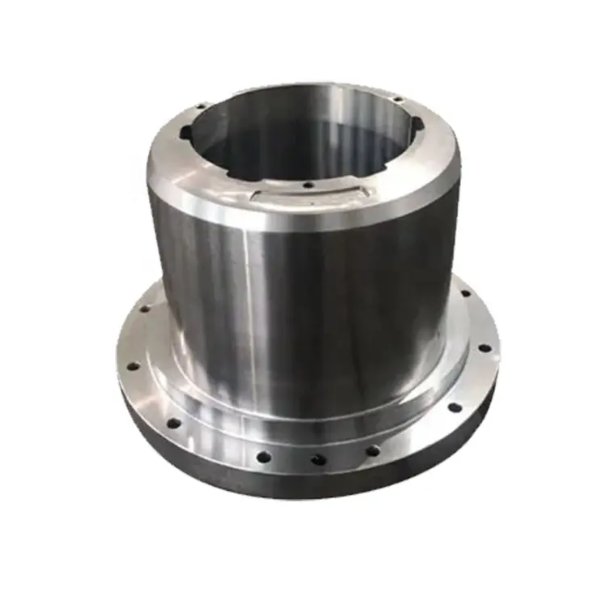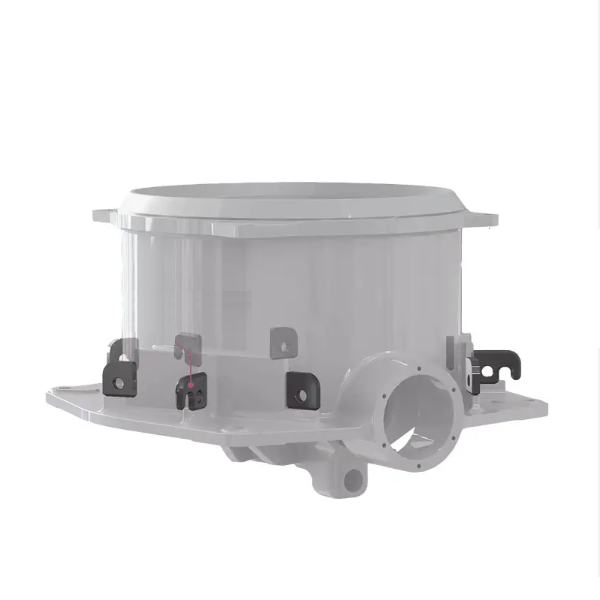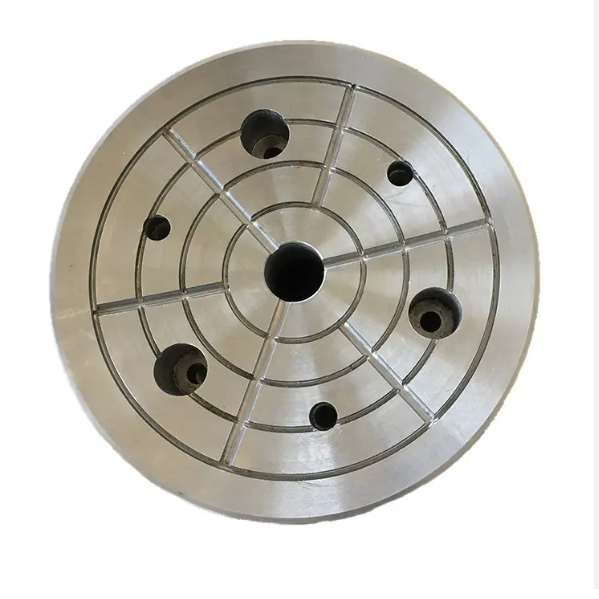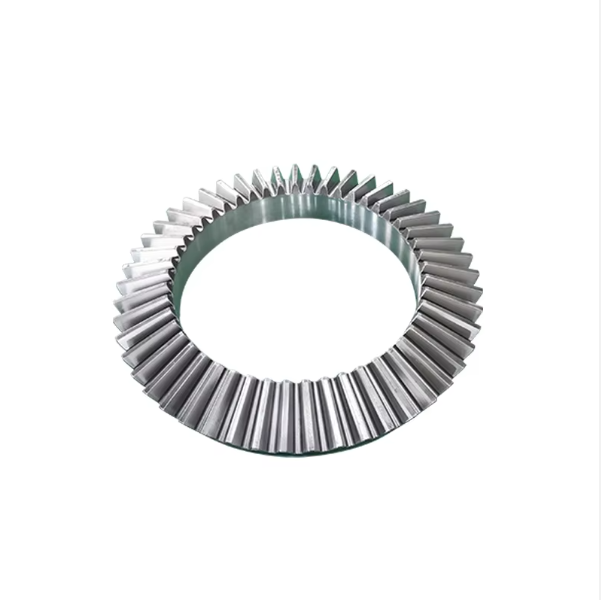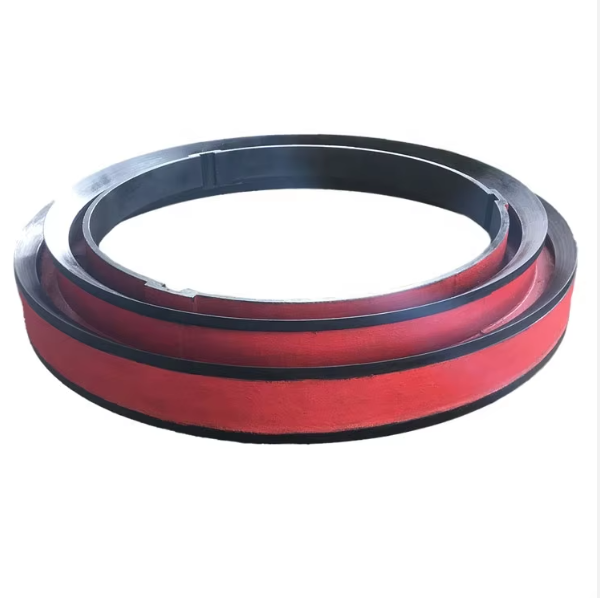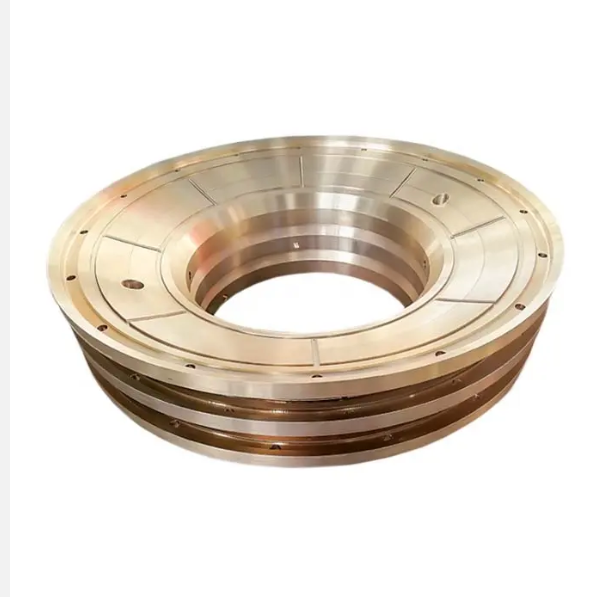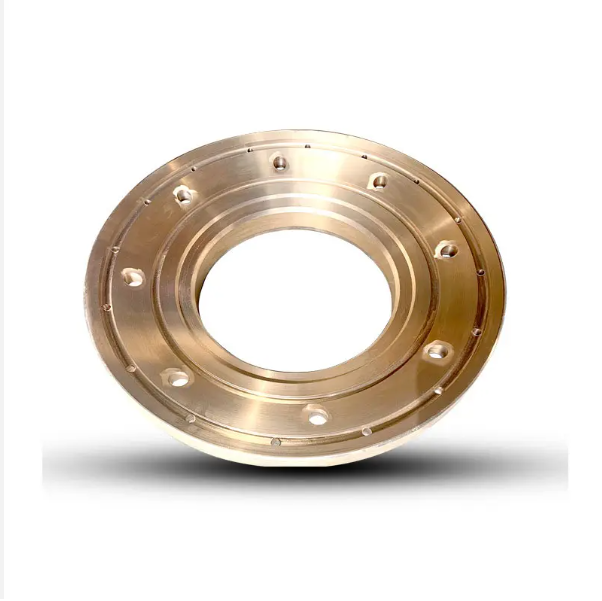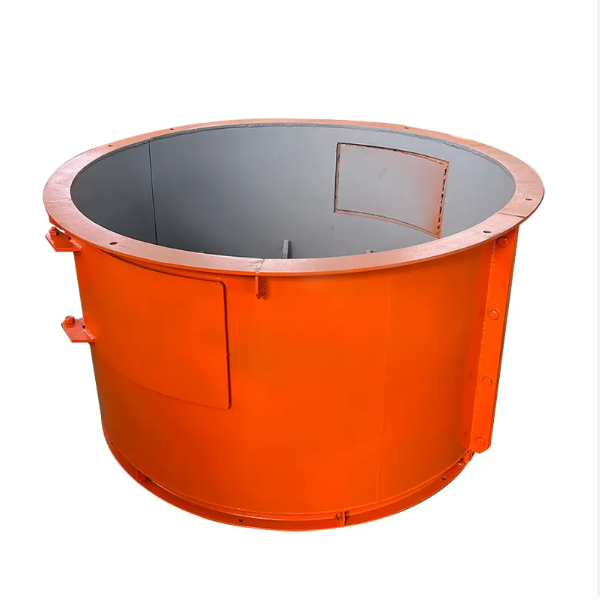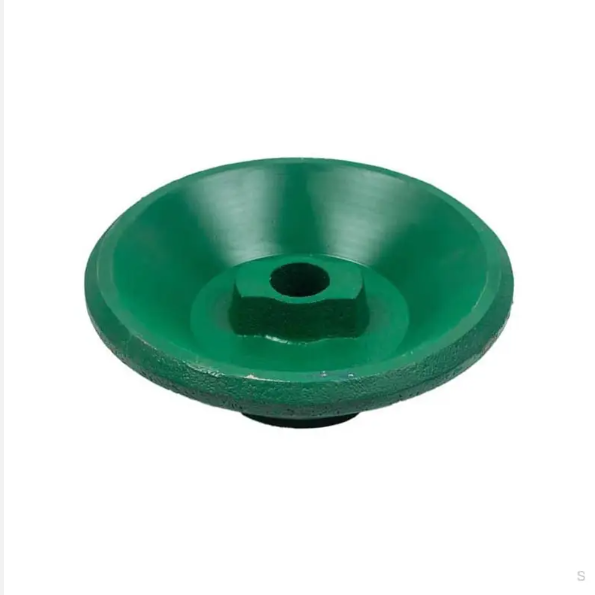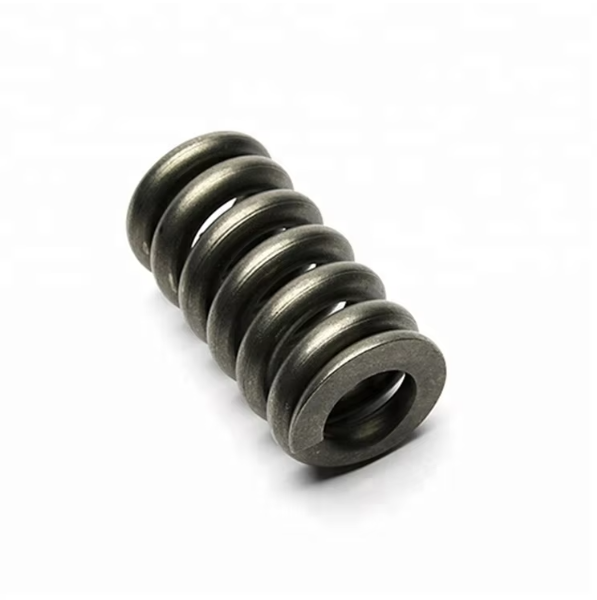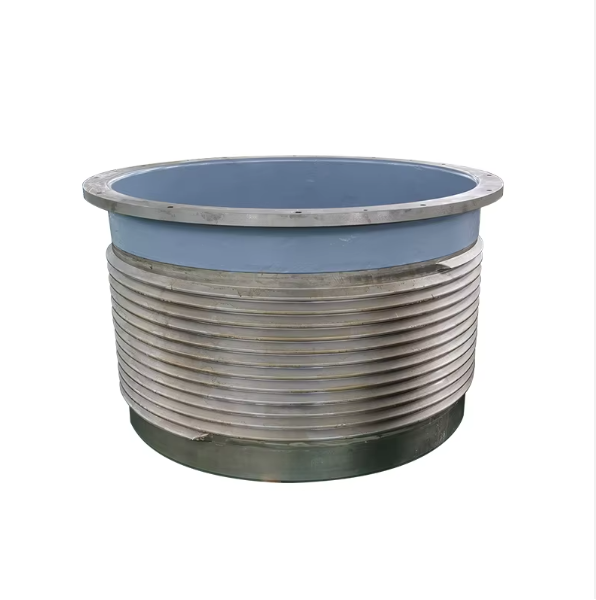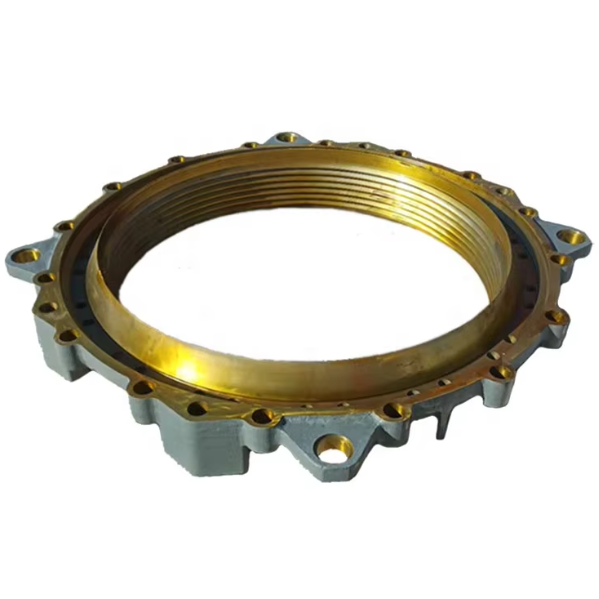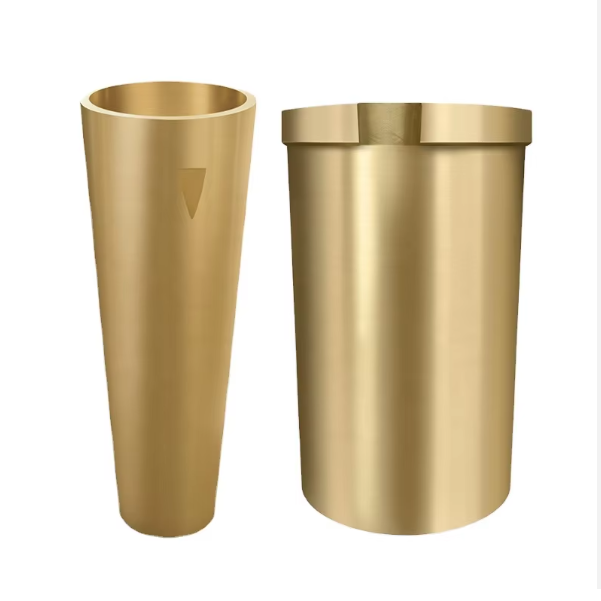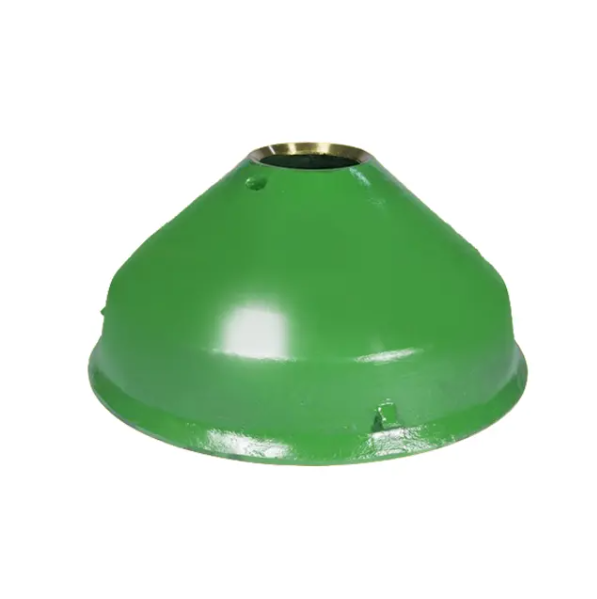
-
Home
-
Products
-
Cone Crusher
-
Symons Cone Crusher
-
Single Cylinder Hydraulic Cone Crusher
-
GP Cone Crusher
-
Multi-cylinder Hydraulic Cone Crusher
-
HP Cone Crusher
-
Spring Cone Crusher
-
Compoud Cone crusher
- Jaw Crusher
-
PE Jaw Crusehr
-
C Series Jaw Crusehr
- Cone Crusher Parts
-
Jaw Crusher Parts
- High Pressure Grinding Rolls
-
Vibrating Screen
-
Ball Mill
-
Ball Mill Parts
-
Cone Crusher
- News
-
Case
- Factory Show
-
Contact Us
-
About Us
- Certificate
- Exhibition
-
FAQ
- Is your company a manufacturer or an international trade company?
- What kind of production equipment does your company have? What is the technical strength?
- What are your main products? And any advantages?
- Any advantages in product testing for Shilong Product?
- Any advantages in terms of production period and price?
- What is your shipping and payment method?
- Does your company have stock for these spare parts ?
- Service
- Delivery
